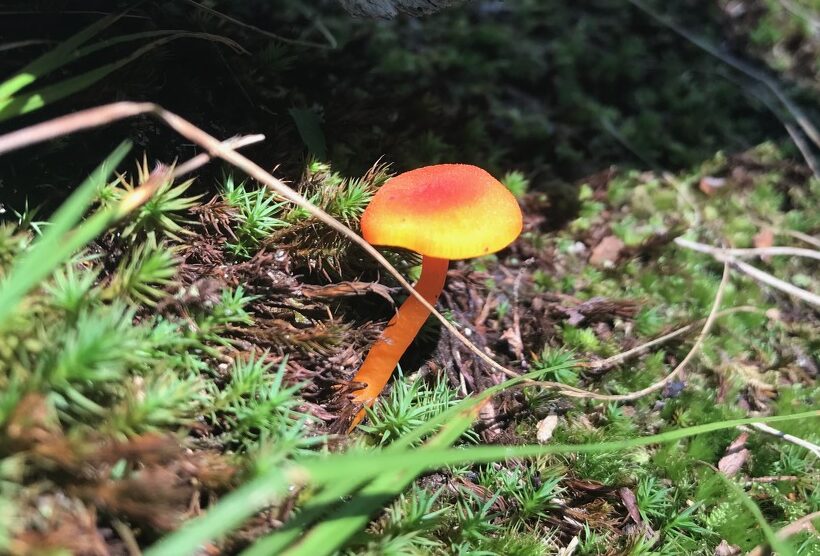Environmental watchdogs are ringing the alarm bell about increasing human threats to fungi.
The International Union for Conservation of Nature (IUCN) in March announced that the number of fungi species on its Red List of Threatened Species surpassed more than 1,000 for the first time. This update adds 482 newly assessed fungi, bringing the total number of fungi on the list to 1,300—at least 411 of which are in danger of disappearing forever.
“Fungi are the unsung heroes of life on Earth, forming the very foundation of healthy ecosystems – yet they have long been overlooked,” said Dr. Grethel Aguilar, IUCN Director General. “Now, it’s time to turn this knowledge into action and safeguard the extraordinary fungal kingdom, whose vast underground networks sustain nature and life as we know it.”

Source: IUCN/Michael Krikorev
The Problem
One major threat to fungi is habitat loss. As cities and farms grow, natural spaces are being destroyed, putting 279 fungi species at risk. In Europe, nitrogen and ammonia pollution from fertilizers and vehicles threaten another numerous other species. Some well-known species, like the vulnerable fibrous waxcap (Hygrocybe intermedia), are becoming harder to find as a result.
Deforestation is another big problem. Cutting down trees for timber, illegal logging, and clearing land for agriculture have put at least 198 fungi species in danger, the IUCN reported. Old-growth forests, which have stood for centuries, are especially important for fungi. Since 1975, about 30% of old pine forests in Finland, Sweden, and Russia have been lost, making life harder for species like the giant knight (Tricholoma colossus).

Credit: Irene Andersson, CC BY-SA 3.0
Climate change is also affecting fungi. More than 50 species are at risk because of changing fire patterns in the U.S. In the Sierra Nevada mountains, fir trees have taken over since 1980, reducing the habitat for the endangered Gastroboletus citrinobrunneus.
“While fungi mainly live hidden underground and inside wood, their loss impacts the life above-ground that depends on them,” said Professor Anders Dahlberg, who helps assess fungi for the IUCN Red List. “It is important that more old-growth forests are protected. Forestry practices should consider fungi, for example leaving dead wood and scattered trees, and proactive forest management can help manage fire intensity.”

Credit: Jason Hollinger, CC BY 2.0
Why It Matters
Fungi are their own kingdom of life, separate from plants and animals. Scientists estimate there are about 2.5 million fungi species, though only 155,000 have been officially named. They are crucial to ecosystems—most plants depend on fungi to absorb nutrients, and fungi help break down dead material. They’re also used in food, medicine, and even cleaning up polluted environments.
This update to the IUCN Red List is an important step in protecting fungi. By raising awareness of the threats they face, scientists and conservationists hope the public can take action before it’s too late.

Credit: Ryane Snow, CC BY-SA 3.0








